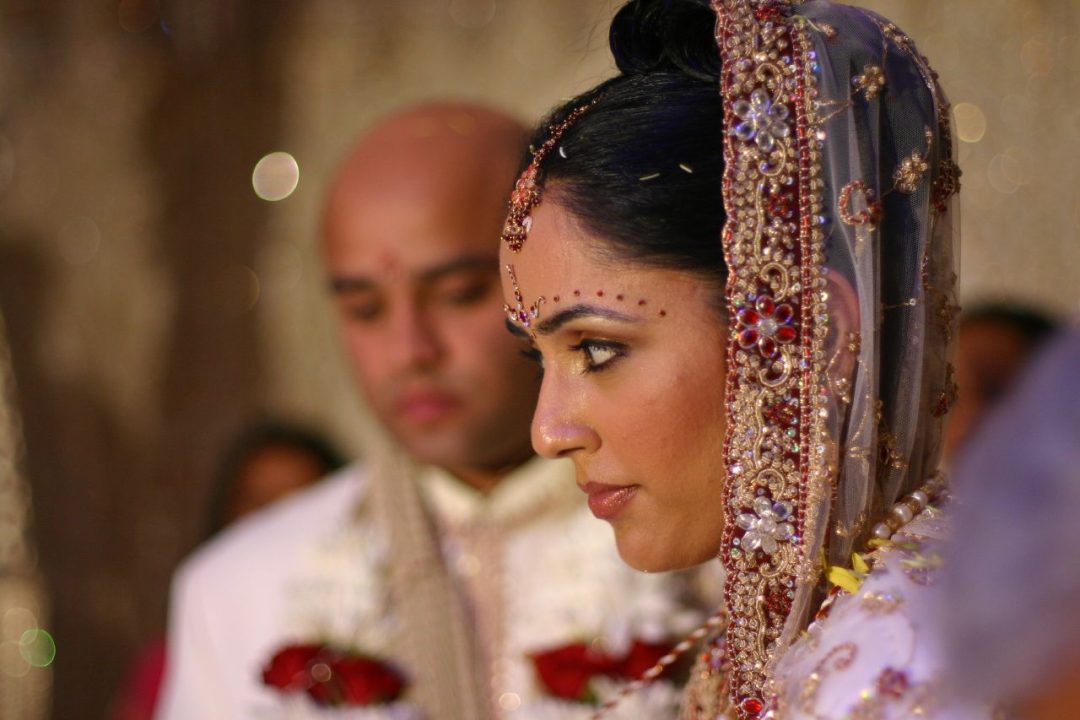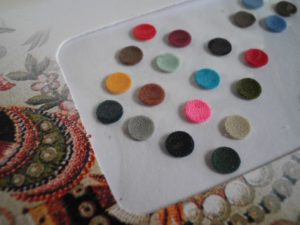I have always wondered what the red dot in the middle of the foreheads of the people of India represented. I certainly knew that those dots weren’t genetic. But, I have found it interesting why they would apply the red dots to their foreheads. But further reading into Hinduism, I can see clearly the significance of these red dots. There is a lot of significance behind those red dots applied to the foreheads. Asides from Hinduism, these dots also play a big role in Buddhism.
The red dots are known as “bindis” which means a small droplet.
As explained it’s a red-colored applied to the center of the forehead close to your eyes. Instead of a dot, a symbol or a piece of jewelry could be applied to the forehead. In the past, it was worn by Hindu women that would get married.
The material to make the bindi is red sindoor powder or a black ointment. Bindis are common to Buddhists and Hindus. I had seen pictures my grandmother had taken during a trip to India several years ago. There were monks and nuns who had those dots on their foreheads regardless of being either Buddhist or Hindu.
The area where you apply the dot is your sixth chakra where you gather your wisdom and your power.
This is where all your energy is retained and concentration. It can also serve as a charm to protect against evil demons and misfortune. One example of this application is the anime series “Naruto” where Tsunade the Fifth Hokage has bindis on her forehead.
That bindi was what stored all of Tsunade’s energy and allowed her to unleash that energy at will.
But today, its decoration is worn by both married and non-married women. Overall, it’s supposed to be a charm to store wisdom and energy to strengthen your concentration which is important in Hinduism. The origins are unknown but it has been and will be important to the part of Hindu history.
https://www.youtube.com/watch?v=MrjSSLZpSn0







